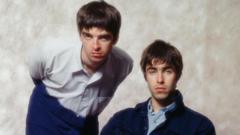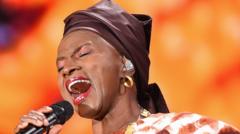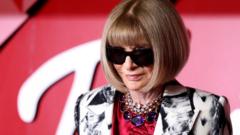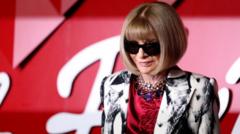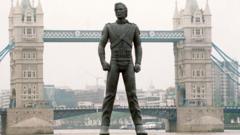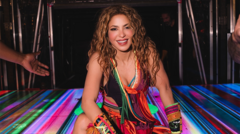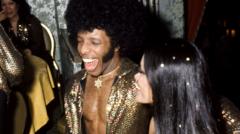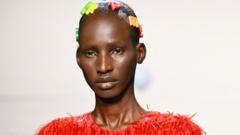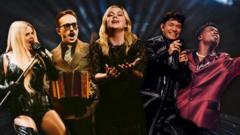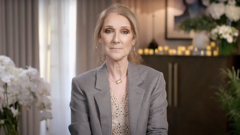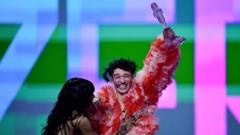Punjabi musicians are not just leading a musical revolution; they are transforming fashion with a blend of traditional and contemporary styles, captivating audiences around the globe.**
Bhangra Fashion Evolution: Punjabi Artists Redefine Style on Global Stage**
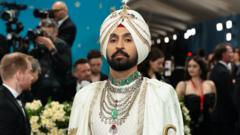
Bhangra Fashion Evolution: Punjabi Artists Redefine Style on Global Stage**
As Punjabi hip-hop takes the world by storm, traditional bhangra outfits are evolving and gaining popularity, driven by artists like Diljit Dosanjh.**
As global hip-hop stirs international interest, Punjabi artists like Diljit Dosanjh are at the forefront, redefining bhangra fashion with their unique styles. Dosanjh, renowned for his vibrant musical influence, made a striking entrance at the Met Gala this month, capturing attention in an exquisite ensemble designed by Prabal Gurung. His attire, reminiscent of early 20th Century maharajas, featured opulent ivory and gold fabrics, a feathered turban, and accessories that showcased Punjab's rich cultural heritage.
This fusion of traditional Punjabi aesthetics with modern influences has captivated not only fans in India but also the global community. Dosanjh's striking appearance, alongside his signature chunky sneakers and colorful turbans, has set trends that resonate with fans across various demographic groups.
The impact of this fashion renaissance is palpable in numerous settings, from bhangra competitions in California to dance nights in Berlin. These events are increasingly characterized by contemporary attire like crop tops and sneakers, further illustrating the marriage of hip-hop culture and Punjabi traditions. Punjabi music itself is not merely a local affair anymore; it has morphed into a subculture brimming with energy and references to global luxury brands.
Other artists have also left their mark in the fashion sphere, such as Jazzy B with his oversized rings and pendant, and Badshah, known for his yellow-tinted glasses. AP Dhillon's recent fashion statements during Paris Couture Week have particularly sparked interest and aspiration among Punjabi youth, demonstrating the reach and versatility of their style. This transformation can be attributed to the widespread influence of Western pop culture, particularly among musicians residing and performing in the West.
Cultural specialists observe that Punjabi identity has evolved alongside these musical trends, reflecting a shift from traditional agricultural roots to global consumerism. The fusion style—characterized by gold chains, faux fur, and a blend of masculine and feminine elements—illustrates this change vividly.
Local bhangra performances, once dominated by traditional costumes, are now adopting a more contemporary look with diverse attire that includes sneakers and graphic tees, showcasing how these artists influence emerging trends on the ground. Retailers like Harinder Singh, who curates fashion inspired by these musicians, have noted the growing popularity of such items among customers seeking to embody this modern Punjabi identity.
From personal flair to cultural signatures, the metamorphosis of bhangra fashion mirrors a broader narrative of hybridity, rhythm, and self-expression within Punjabi culture, making it clear these artists are not just musicians but powerful influencers reshaping identities worldwide.



